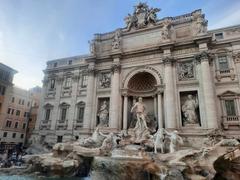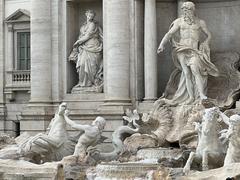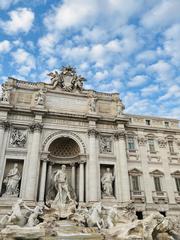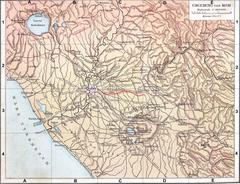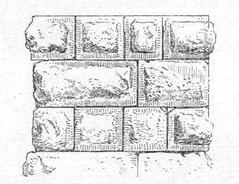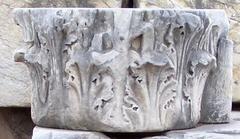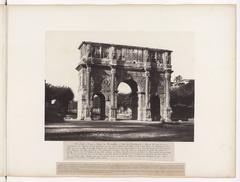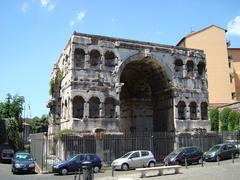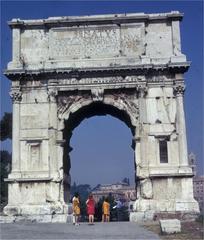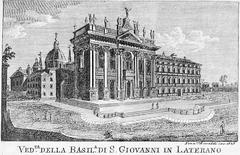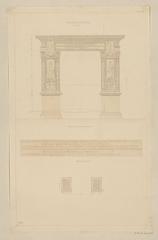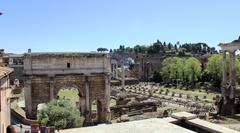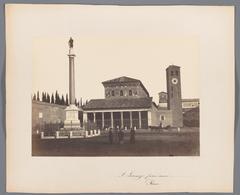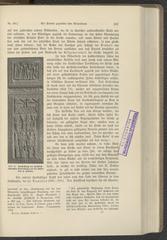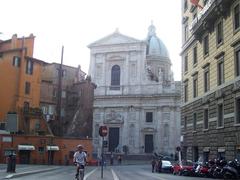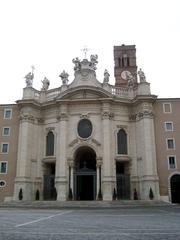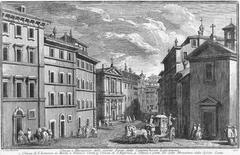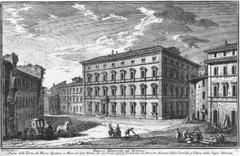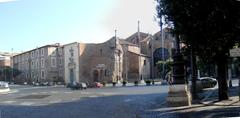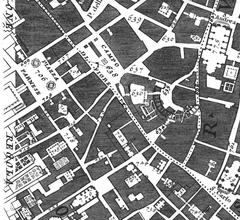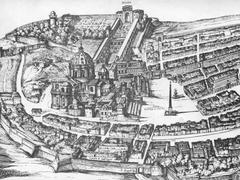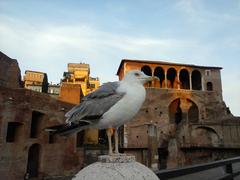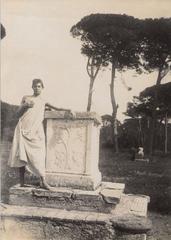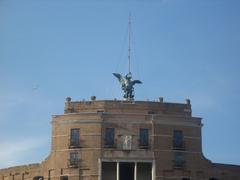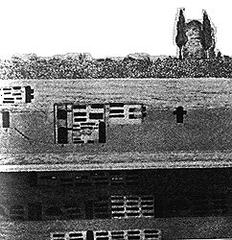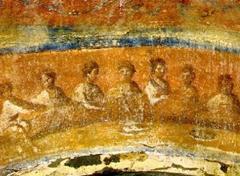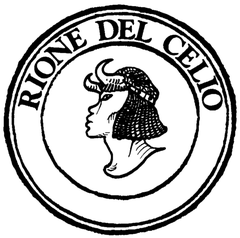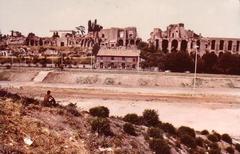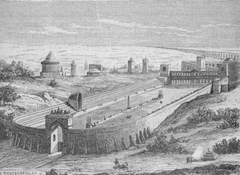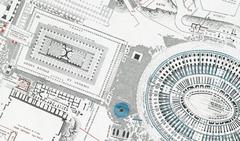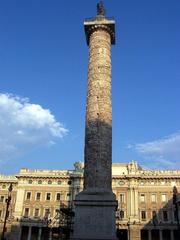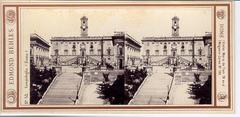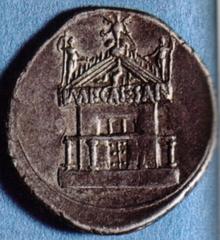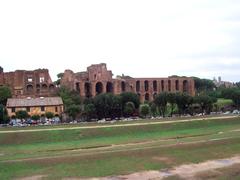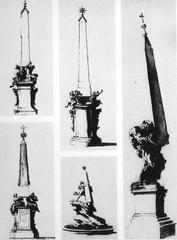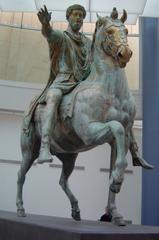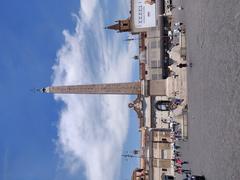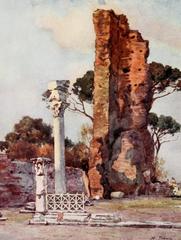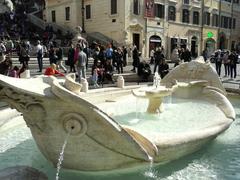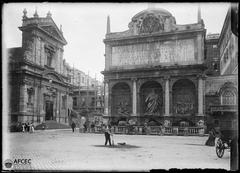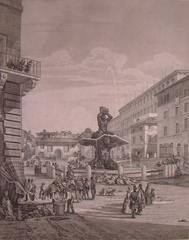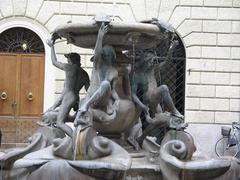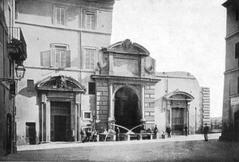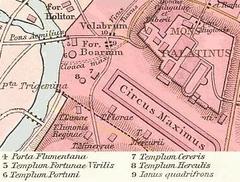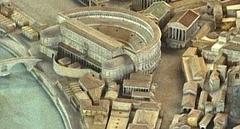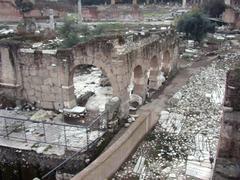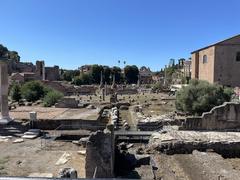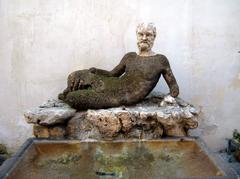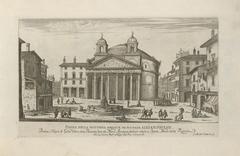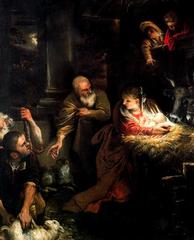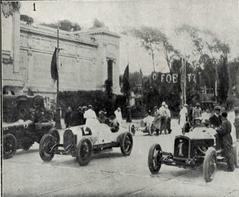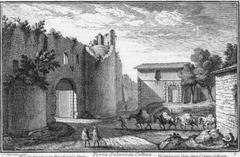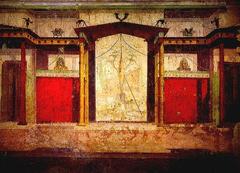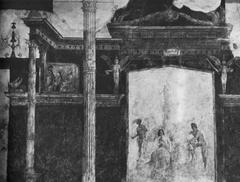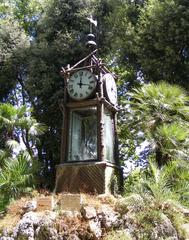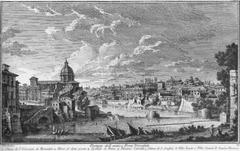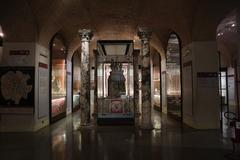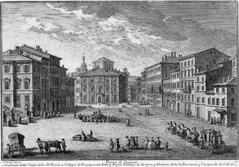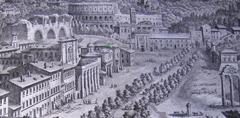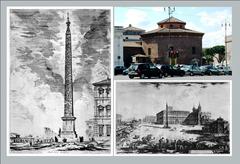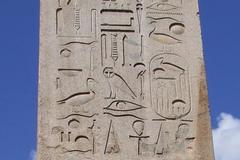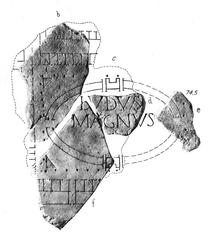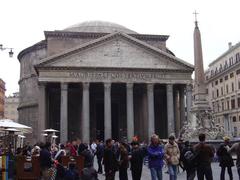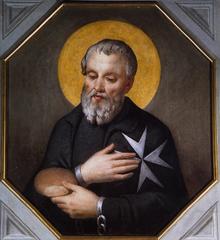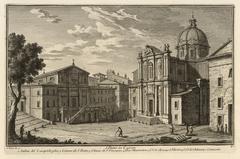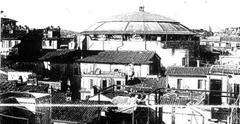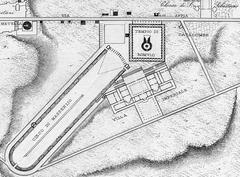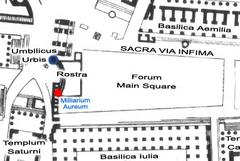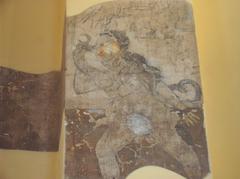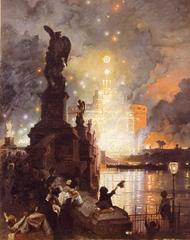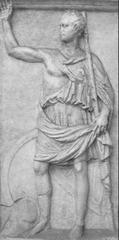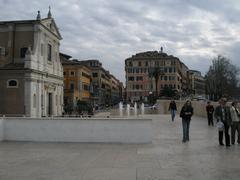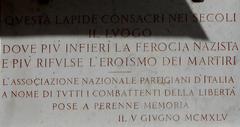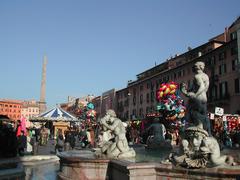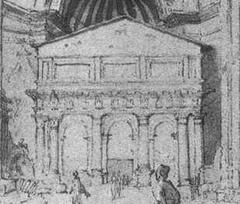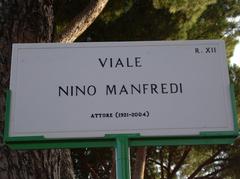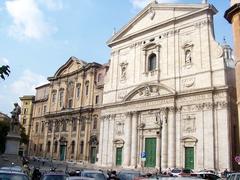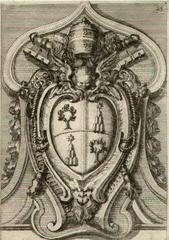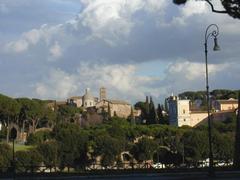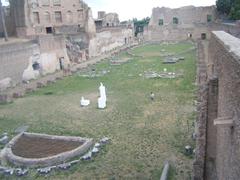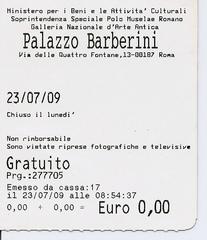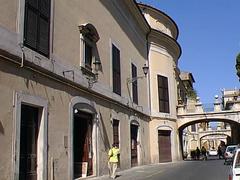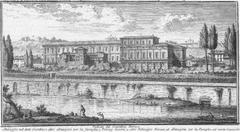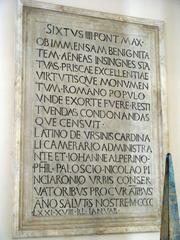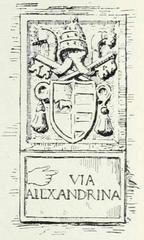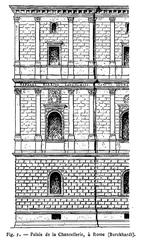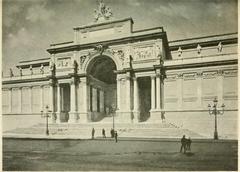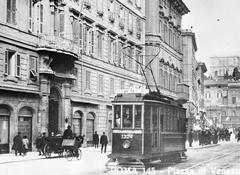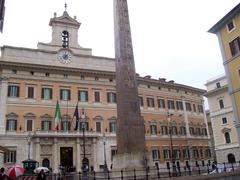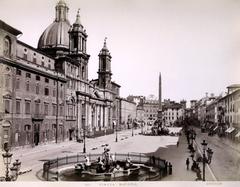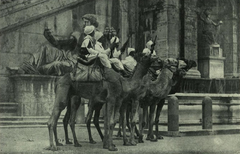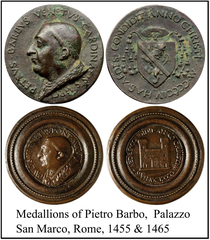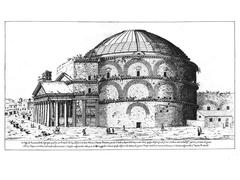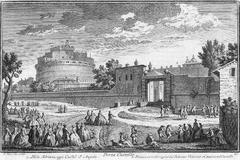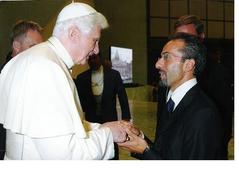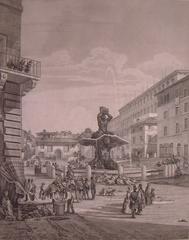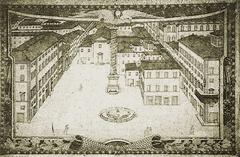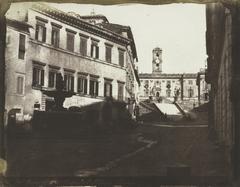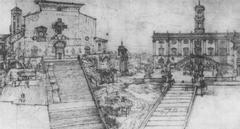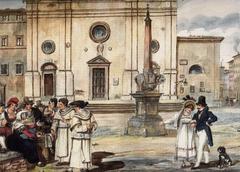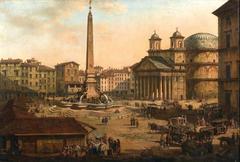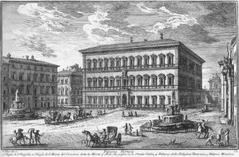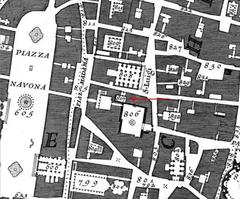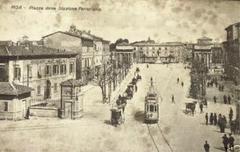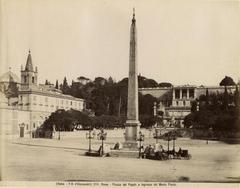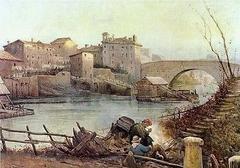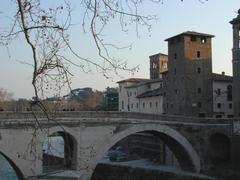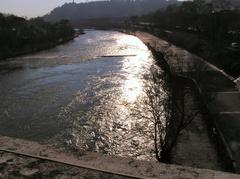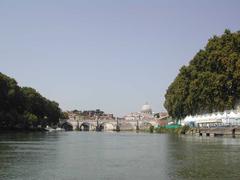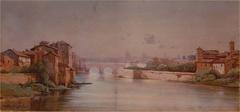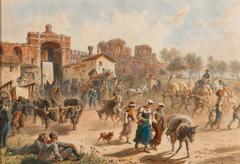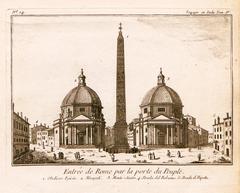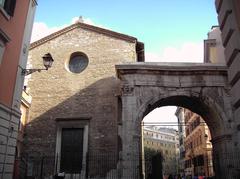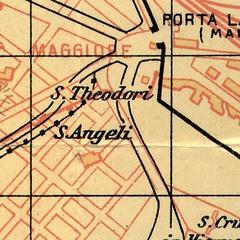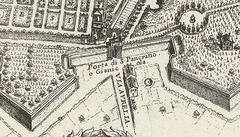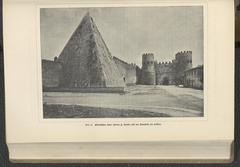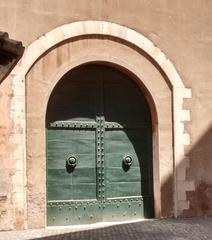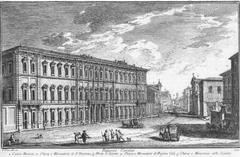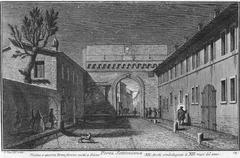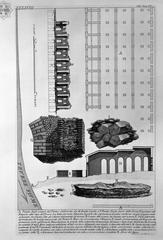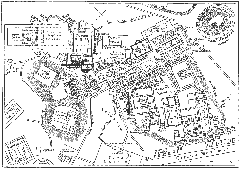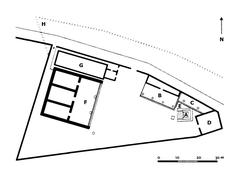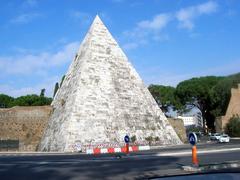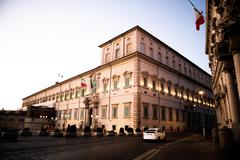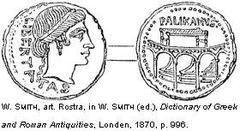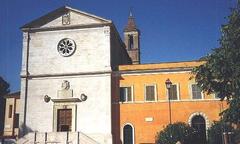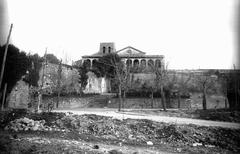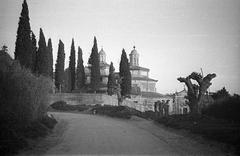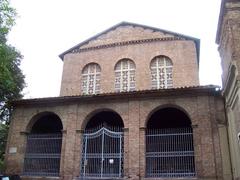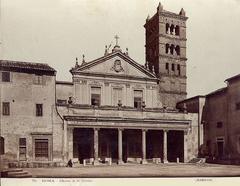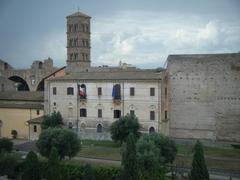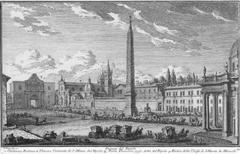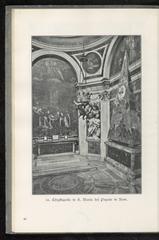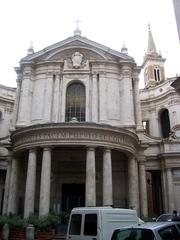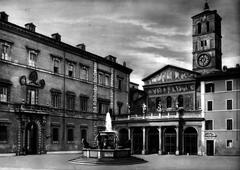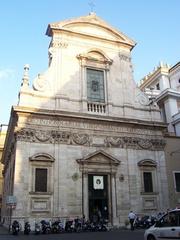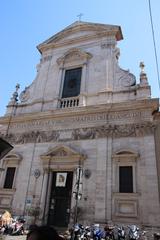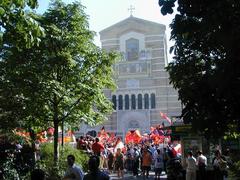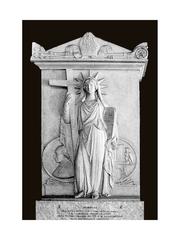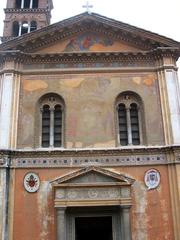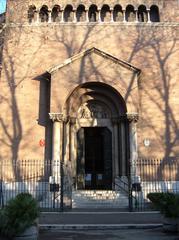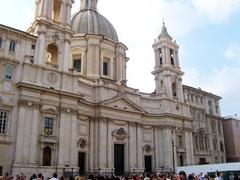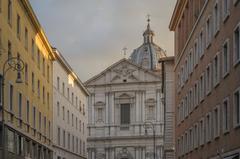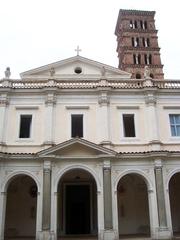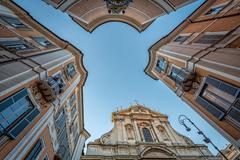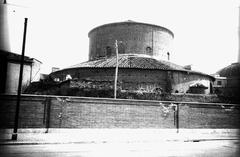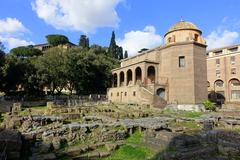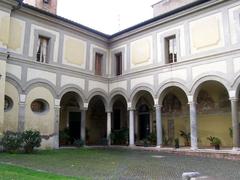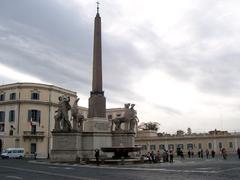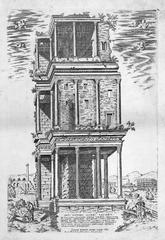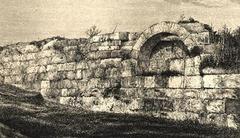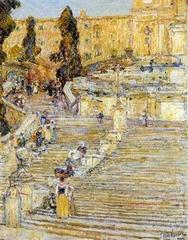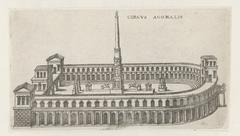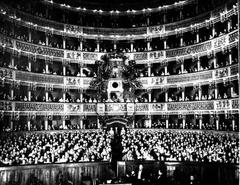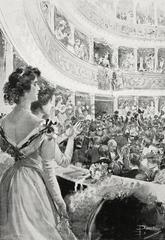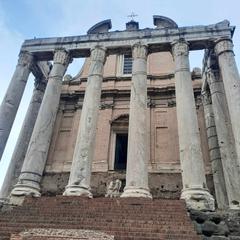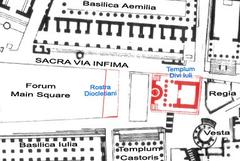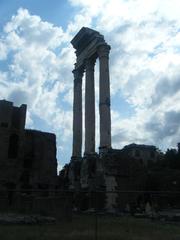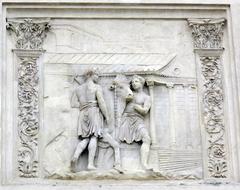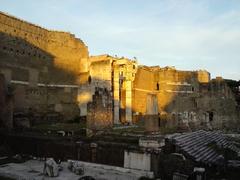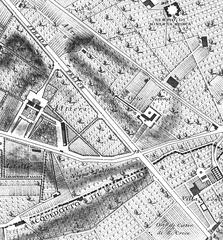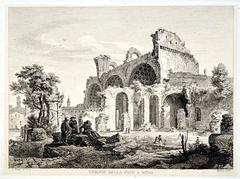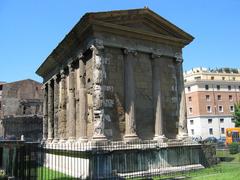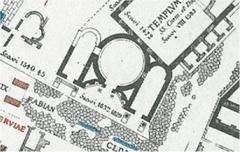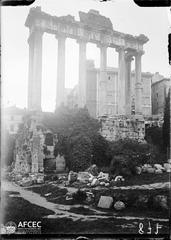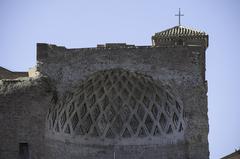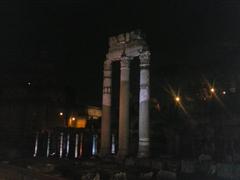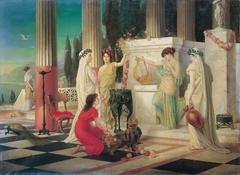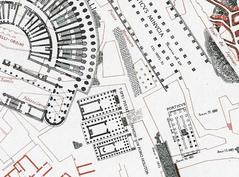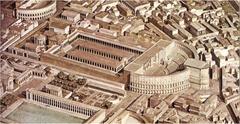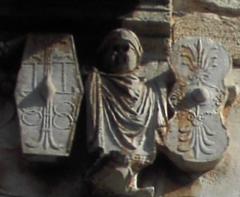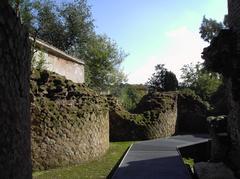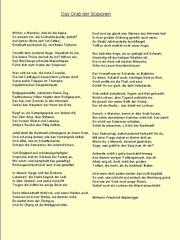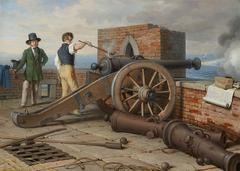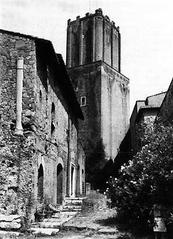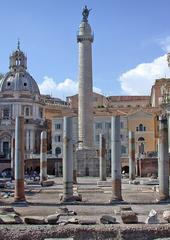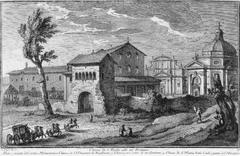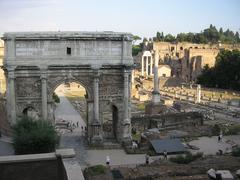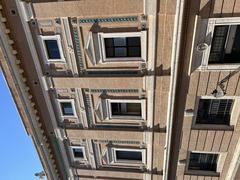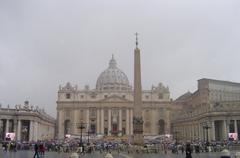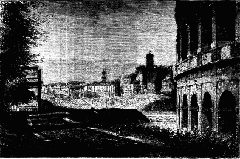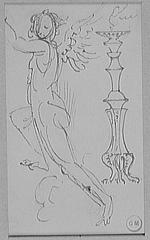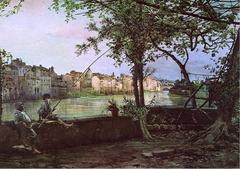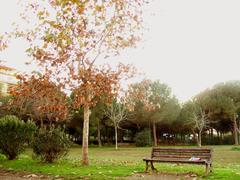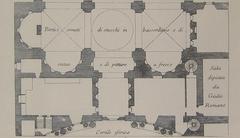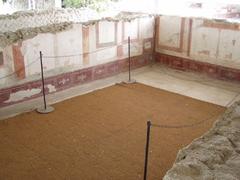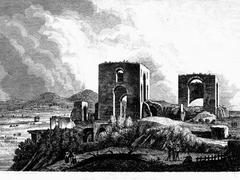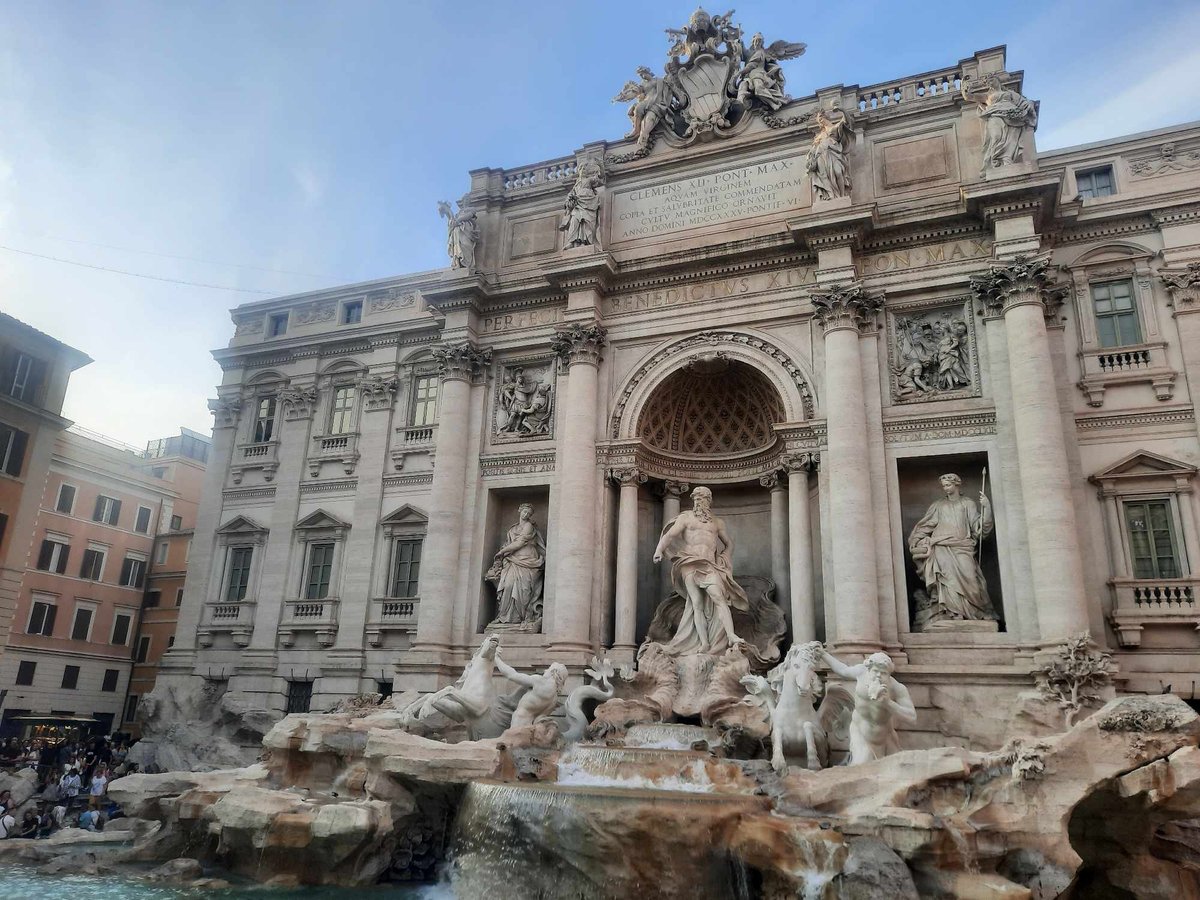
Fontana di Trevi Visiting Hours, Tickets, and Tips
Date: 15/07/2024
Introduction
The Trevi Fountain, or Fontana di Trevi, stands as one of the most iconic and breathtaking landmarks in Rome, Italy. Renowned for its stunning Baroque architecture and rich historical significance, the Trevi Fountain has captivated the hearts of millions of visitors from around the globe. This comprehensive guide delves into the fountain’s fascinating history, intricate artistry, and practical visitor information, ensuring that you have all the necessary insights for an unforgettable visit to this timeless masterpiece.
The site of the Trevi Fountain has been a significant source of water for Romans since ancient times. Its origins trace back to 19 BC when the Roman general Marcus Vipsanius Agrippa constructed the Aqua Virgo aqueduct, a remarkable engineering feat that supplied water to the city’s baths and fountains (History Tools). Over the centuries, the fountain has undergone several transformations, most notably during the Renaissance and Baroque periods, culminating in the magnificent structure we see today.
The fountain’s central figure, Oceanus, is depicted riding a chariot pulled by sea horses and guided by Tritons, symbolizing the dominion over water—a vital resource for the city (The Roman Guy). Coupled with the tradition of tossing a coin into the fountain to ensure a return to Rome, the Trevi Fountain is not just a stunning piece of architecture but also a cultural icon rich in symbolism and legend.
In this guide, we will explore the historical developments that shaped the Trevi Fountain, the artistic elements that make it a Baroque masterpiece, and essential visitor tips to make the most of your trip. Whether you’re an art enthusiast, a history buff, or a casual traveler, this guide will offer valuable insights to enhance your experience at one of Rome’s most cherished landmarks.
Table of Contents
Historical Background
Ancient Origins
The site of the Trevi Fountain has been a significant source of water for Romans since ancient times. The origins of the fountain date back to 19 BC when the Roman general Marcus Vipsanius Agrippa constructed the Aqua Virgo aqueduct. This aqueduct was designed to supply water to the city’s baths and fountains, stretching over 20 kilometers and delivering more than 100,000 cubic meters of water per day to Rome (History Tools).
The Aqua Virgo, named after a young virgin who allegedly discovered the source of the spring, was a remarkable feat of engineering. The aqueduct’s waters were known for their purity, and it played a crucial role in the daily life of ancient Romans, providing clean drinking water and supporting the city’s sanitation needs (Rome.us).
Renaissance Developments
During the Renaissance, the importance of the Aqua Virgo aqueduct was recognized once again. In the early 15th century, Pope Nicholas V commissioned the restoration of the aqueduct and the construction of a new fountain at its terminus. This fountain, designed by Leon Battista Alberti in 1453, featured three outlets pouring water into a rectangular basin. It was marked with a wall plaque naming the pope and the aqueduct (Romewise).
The Renaissance period saw a renewed interest in the restoration and beautification of Rome’s water supply systems. The Aqua Virgo aqueduct, now known as Acqua Vergine, continued to be a vital source of water for the city, and the fountain at its terminus became a symbol of the city’s resilience and ingenuity (Art in Context).
Baroque Transformation
The Trevi Fountain as we know it today began to take shape in the 17th century. Pope Urban VIII, who resided in the Quirinal Palace overlooking the fountain’s site, found the existing fountain unremarkable and commissioned Gian Lorenzo Bernini to design a new, grander fountain. However, due to financial constraints and other priorities, the project was delayed, and Bernini’s designs were not fully realized (Romewise).
It wasn’t until the 18th century that the Trevi Fountain’s construction was revived. In 1732, Pope Clement XII organized an architectural competition to design a new fountain. The competition was won by Nicola Salvi, an Italian architect who began the construction of the fountain in the same year. Salvi’s design was a magnificent Baroque masterpiece, featuring a central figure of Oceanus (god of all water) flanked by statues representing Abundance and Health (Wikipedia).
Salvi’s work on the fountain continued until his death in 1751, after which Giuseppe Pannini and other artists completed the project. The Trevi Fountain was finally completed in 1762, standing 26.3 meters high and 49.15 meters wide, making it the largest Baroque fountain in Rome (History Tools).
Symbolism and Artistry
The Trevi Fountain is not just a stunning piece of architecture; it is also rich in symbolism and artistry. The central figure of Oceanus is depicted riding a chariot pulled by sea horses, guided by Tritons. This dramatic scene represents the taming of the waters, a theme that resonates with Rome’s historical connection to water and its engineering prowess (Through Eternity).
The fountain’s backdrop features a triumphal arch, adorned with statues and bas-reliefs that depict various scenes related to water and its importance to Rome. The four goddesses at the top of the fountain represent the abundance and benefits of water, holding items such as fruits and flowers (Roma Experience).
Restoration and Preservation
Over the centuries, the Trevi Fountain has undergone several restorations to preserve its beauty and structural integrity. One of the most significant restorations took place in 2014-2015, funded by the Italian fashion house Fendi. This $2.4 million restoration project involved cleaning the fountain, repairing cracks, and installing new lighting to enhance its nighttime appearance (New York Times).
The restoration project was not only a testament to the importance of preserving cultural landmarks but also a celebration of the fountain’s enduring allure. The collaboration between Fendi and the Trevi Fountain highlighted the intersection of historical preservation and modern creativity, ensuring that the fountain remains a symbol of Rome’s artistic and architectural heritage (Roma Experience).
Visitor Information
Visiting Hours and Tickets
The Trevi Fountain is open 24 hours a day, 7 days a week, and there is no entrance fee to visit. However, it is recommended to visit early in the morning or late at night to avoid the crowds.
Travel Tips
- Best Time to Visit: Early morning or late evening for fewer crowds and better photos.
- Safety: Be mindful of pickpockets in crowded areas.
- Respect: Do not climb on the fountain or throw anything other than coins.
Nearby Attractions
- Pantheon: A stunning ancient Roman temple turned church, located about a 10-minute walk from the Trevi Fountain.
- Piazza Navona: A beautiful square featuring Baroque architecture and fountains, about a 15-minute walk away.
- Spanish Steps: Another iconic landmark, located approximately a 10-minute walk from the fountain.
Conclusion
The Trevi Fountain’s historical significance, combined with its breathtaking beauty and cultural traditions, makes it a must-visit destination for anyone traveling to Rome. Its story is a living narrative of the city’s evolution, capturing the essence of Rome’s eternal charm and its enduring legacy as a center of art, history, and culture. Whether you’re tossing a coin to ensure your return or simply admiring its grandeur, the Trevi Fountain offers an unforgettable experience.
FAQ
Q: When is the best time to visit the Trevi Fountain? A: Early morning or late evening to avoid crowds and capture better photos.
Q: Is there an entrance fee for the Trevi Fountain? A: No, visiting the Trevi Fountain is free of charge.
Q: What other attractions are near the Trevi Fountain? A: Nearby attractions include the Pantheon, Piazza Navona, and the Spanish Steps.
Call to Action
For more tips on visiting Rome’s historical sites, download the Audiala app, check out our other related posts, or follow us on social media for the latest updates.
References
- History Tools, 2024, The Trevi Fountain: A Timeless Masterpiece in the Heart of Rome History Tools
- Rome.us, 2024, Trevi Fountain Rome.us
- Romewise, 2024, Trevi Fountain History Romewise
- Art in Context, 2024, Trevi Fountain in Rome Art in Context
- Wikipedia, 2024, Trevi Fountain Wikipedia
- Through Eternity, 2024, Trevi Fountain Rome Guide Through Eternity
- Roma Experience, 2024, Trevi Fountain Roma Experience
- New York Times, 2016, Trevi Fountain Rome Reopens New York Times
- Britannica, 2024, Trevi Fountain Britannica
- The Roman Guy, 2024, Story and Symbolism Behind the Trevi Fountain in Rome The Roman Guy
- RomeCabs, 2024, Essential Tips Trevi Fountain Rome RomeCabs
- TripSavvy, 2024, Trevi Fountain in Rome TripSavvy
- Voyage Tips, 2024, Trevi Fountain Voyage Tips
- Roma Wonder, 2024, Visiting Trevi Fountain Rome Roma Wonder
